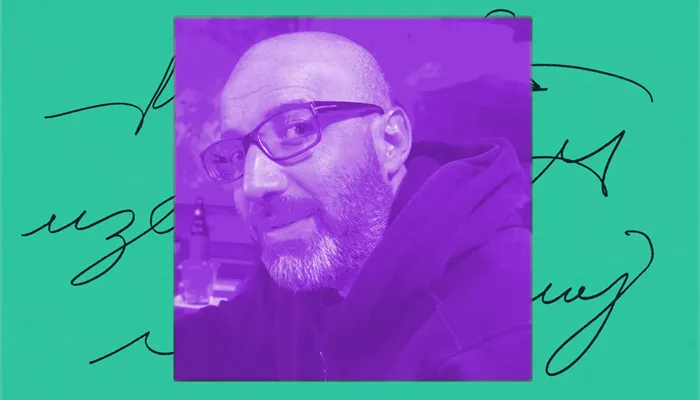In Adam Levin’s short story “Jenny Annie Fanny Addie”, featured in this week’s issue, a seemingly ordinary summer day takes a dark turn when twelve-year-old Addie is assaulted during a swimming lesson at day camp. The incident sets off a cascade of obsessive thoughts and emotional disorientation, forming the core of a deeply interior narrative. The story, rendered with sensitivity and precision, offers a window into how trauma unfolds in the mind of a young girl. Levin spoke with us about crafting Addie’s voice, the complexities of traumatic memory, and why 1991 felt like the right time to set this story.
You depict Addie’s inner world with striking depth and nuance. How did you approach writing from the perspective of a young girl experiencing such a difficult moment?
I’ve spent a couple of years writing from Addie’s point of view—Jenny Annie Fanny Addie is part of a larger project—so it’s now hard to separate what I knew about her at the outset from what I discovered gradually, sentence by sentence. But early on, I was thinking about the sharp, artistic, highly self-aware girls I knew growing up—friends, my sisters, my wife. I imagined how someone like them might have responded if they had been in Addie’s position, and how they might describe that response to themselves or to someone else, years later.
More broadly, I was reflecting on how trauma can be unintentionally intensified by those who care for us most—how well-meaning responses, even when rooted in love, can deepen the pain. That paradox has always struck me as profoundly confusing and heartbreaking.
Earlier in my life, I earned a master’s in clinical social work—too early, really—and worked as a therapist for a few years. Many of my clients had experienced trauma, and I noticed how often they would focus not just on the event itself, but on how others responded when they shared it: loved ones, authority figures, even therapists. Their interpretations of the original experience were reshaped—sometimes fragmented—by those reactions. That layering of trauma was something I wanted to explore in Addie’s story.
The story is set in the summer of 1991, and Addie and her mother go to see Terminator 2. What made this era feel right for the story?
It’s hard to say without either saying too little or way too much. I could write pages about that summer—the weeks before Nevermind came out, before Season 3 of Seinfeld aired, before Anita Hill testified. That cultural moment is vivid for me, and maybe that’s the point: I know I could go on about it, and so I know I don’t have to. Maybe even that I shouldn’t.
Addie recalls her brother, Len, talking about how people mishear the lyrics to The Band’s “The Weight.” What function does that memory serve in the story?
Beyond illustrating how Addie’s thoughts are shaped by seemingly mundane things like song lyrics, the scene was important to me because it shows that her family is, at its core, a loving one. Without that scene, there’s a risk the story could be misread in a reductive way—like Addie’s trauma response stems from pre-existing family dysfunction or abuse. That’s not the story I wanted to tell. I hoped the memory would subtly resist that interpretation.
You recently moved from Florida to Chicago, the setting for your latest novel. What draws you to writing fiction set in Chicago?
Chicago just feels like where all my fictional frequencies converge. It’s my hometown—I’ve lived away from it for less than a decade in total. There’s a deep familiarity here, but also mystery: I know it well enough to recognize how much I’ll never fully understand, and that tension gives me a lot to work with. Also, Chicago’s where they speak all my favorite versions of English. That helps, too.

